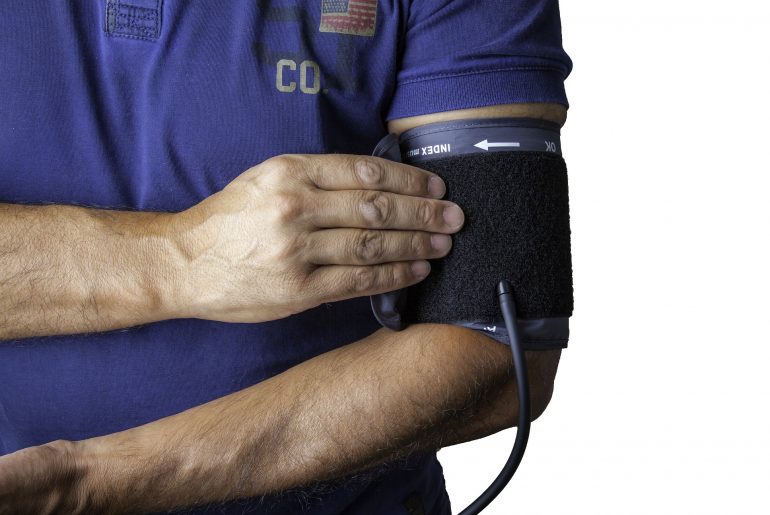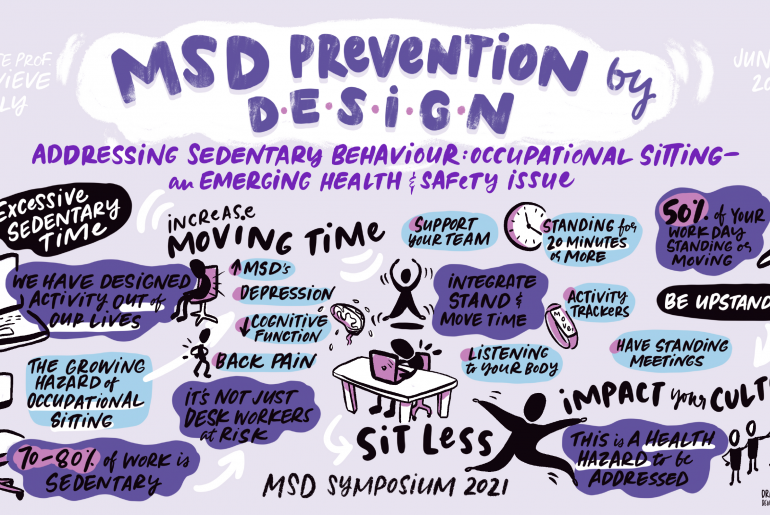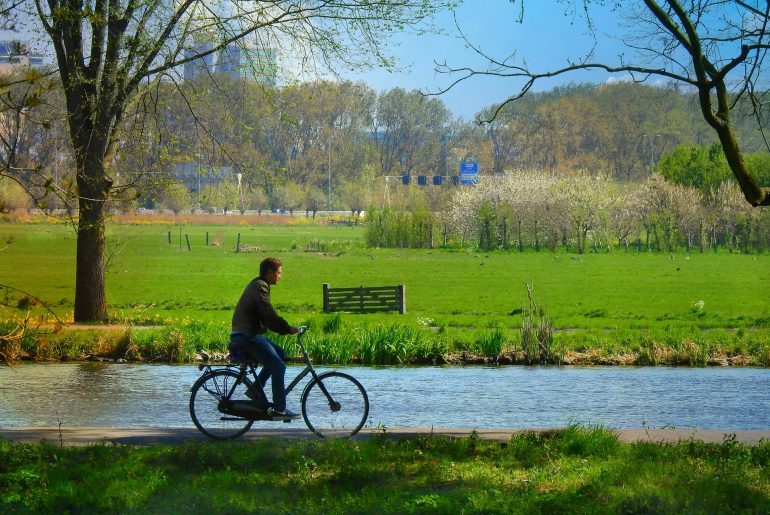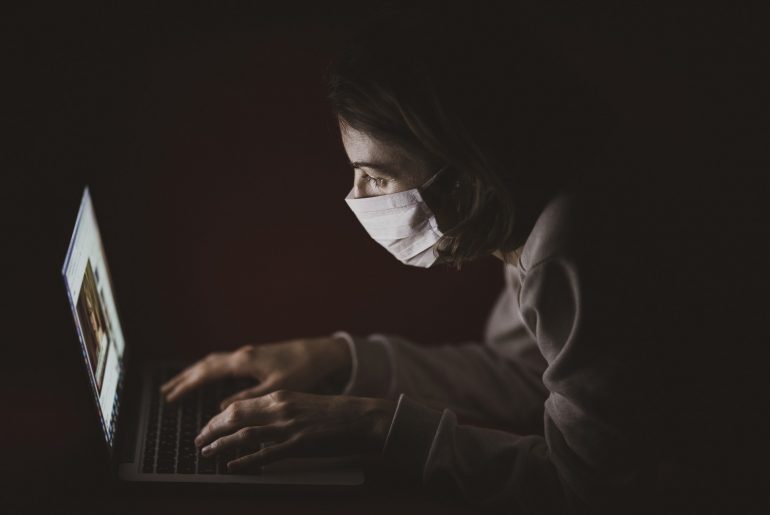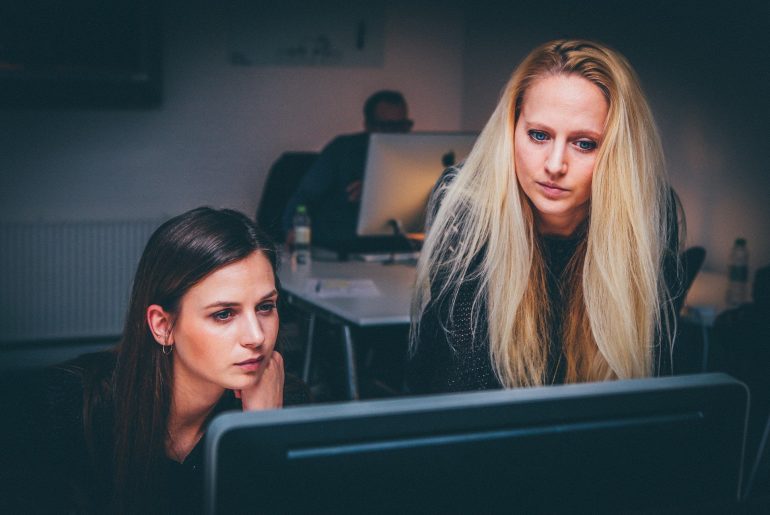A new article by two of the BeUpstanding academic team – Professor David Dunstan and Professor Neville Owen – highlights the importance of supporting adults to both move more and sit less for their cardiovascular health – something that the BeUpstanding team strongly endorse! The article, published in Nature Reviews Cardiology, provides a great summary of the effects of sedentary behaviour on health outcomes. As can be seen in the Table from the article, there is now strong evidence that there is a dose-response relationship of sedentary behaviour with increased risk for all-cause and cardiovascular disease mortality, as well as incident cardiovascular disease. The article also summarises the potential mechanisms for these relationships, highlighting that it is likely that sedentary time acts across multiple biological systems to regulate blood pressure, vascular function, blood glucose and brain blood flow. Importantly, there is emerging evidence to suggest that regular physical activity interruptions to sitting time, such as through simple resistance activities like going up onto your toes or going for a short walk, may help to attenuate these detrimental processes. A number of key points were highlighted: Both physical inactivity and sedentary behaviour are associated with an increased risk of cardiovascular disease…
![]()

